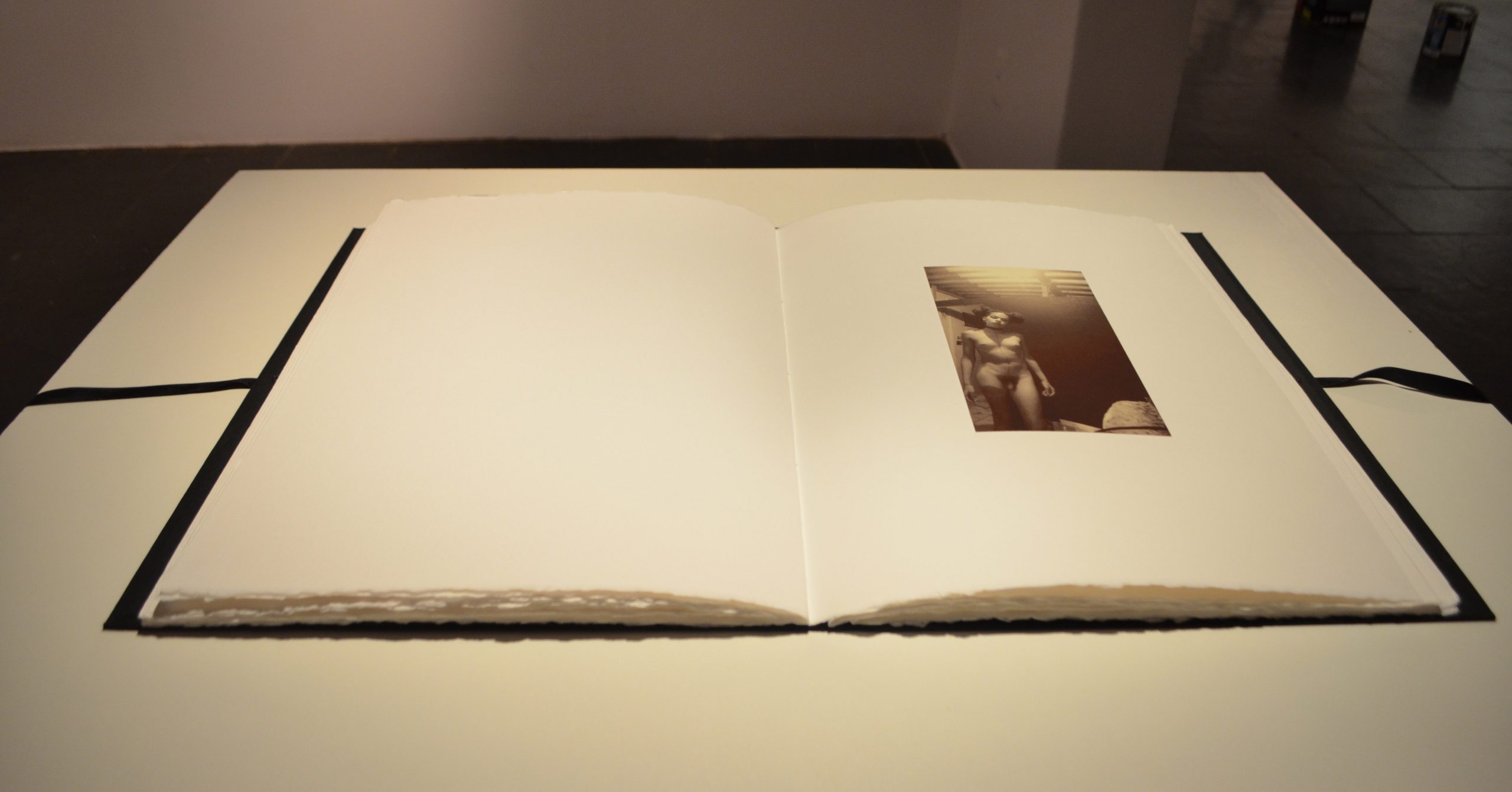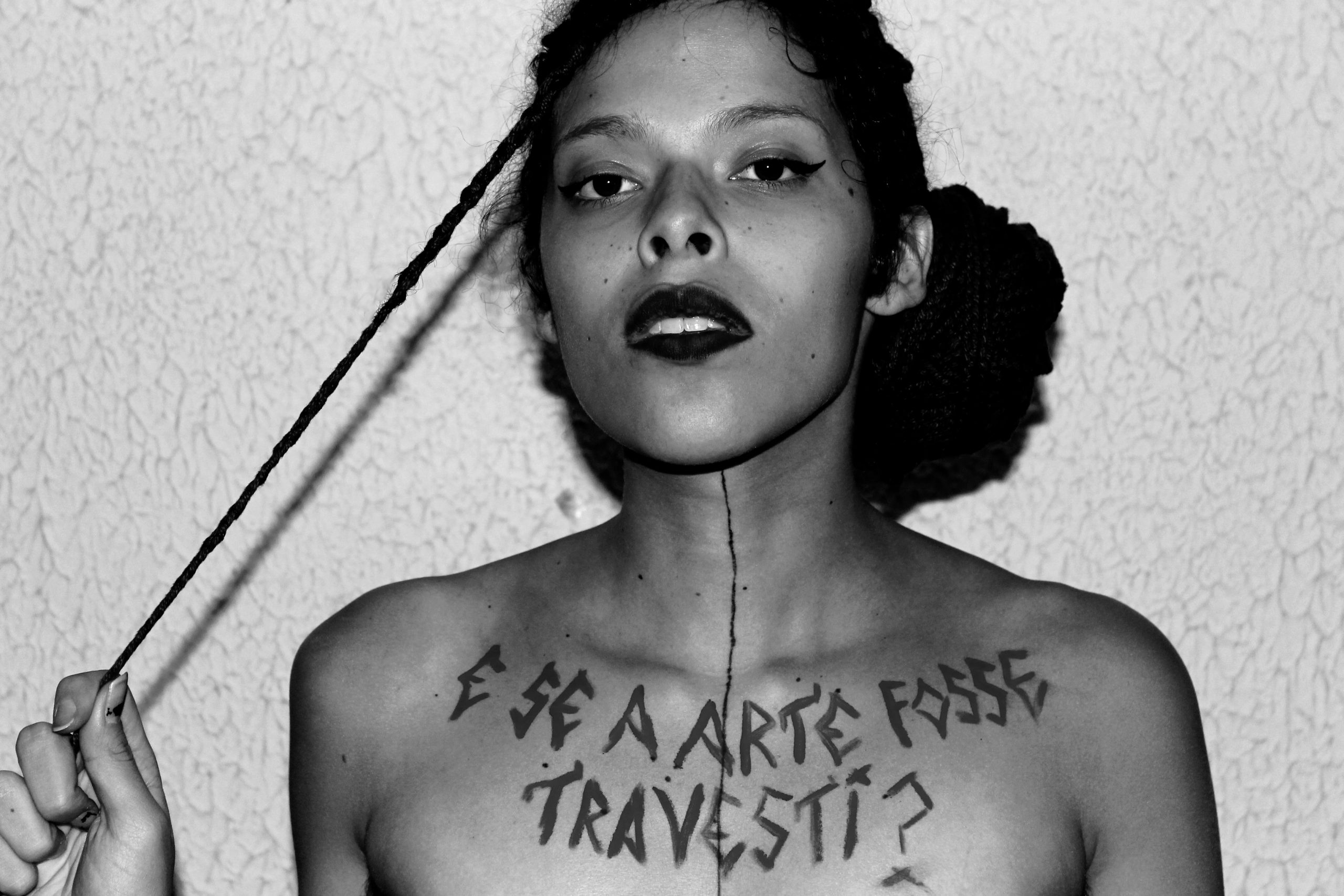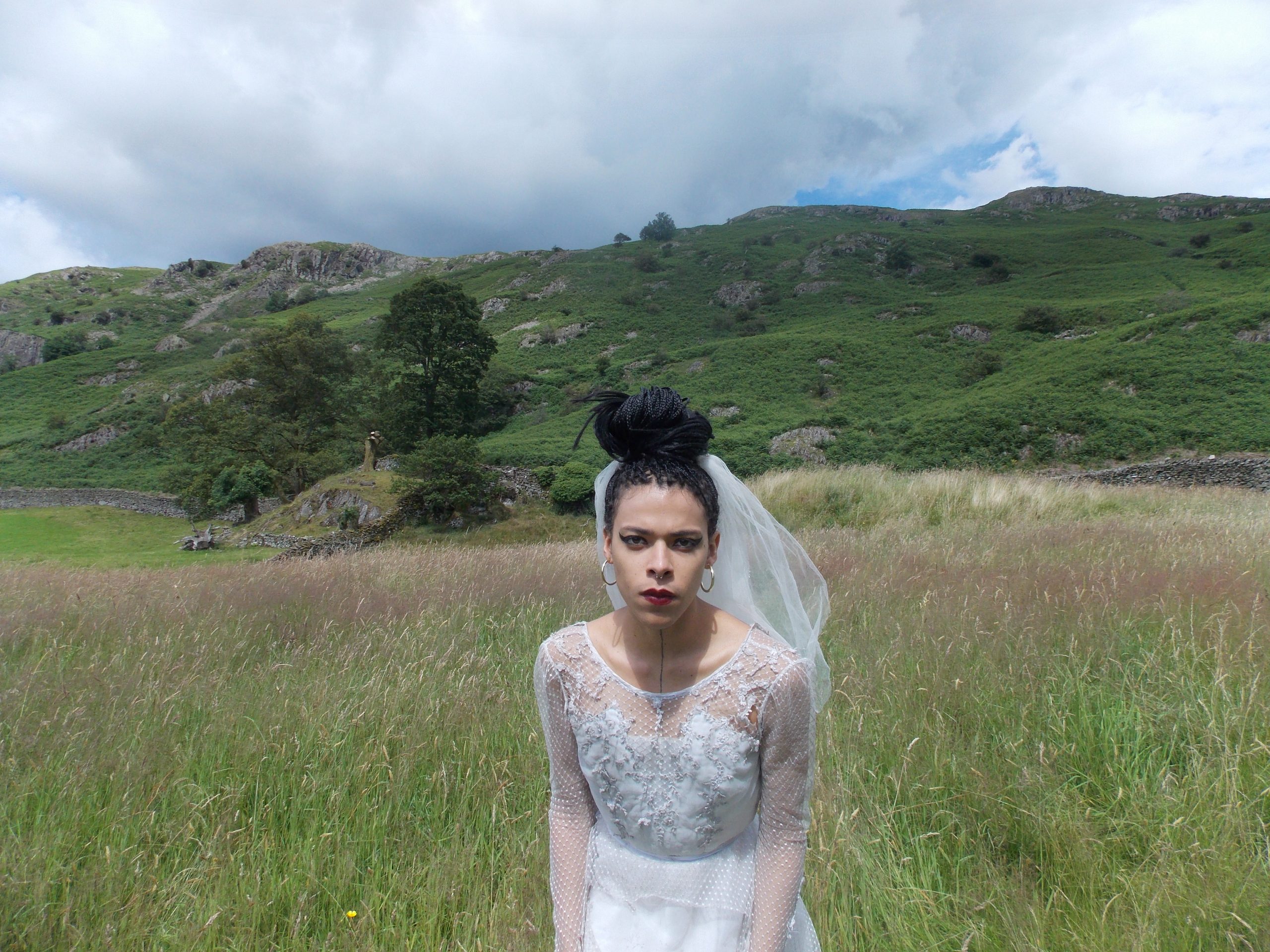Between the mirror and the self-portrait; there is a great abyss. Like still life, portraits and self-portraits are great classics in art history. Portraits were commissioned by people of great importance — and who could afford to do so — to mark their presence in the history of families and monarchies. Just as artists would sketch themselves in what would become self-portraits as training in drawing of human figures and faces— a simple self-portrait—or even for personal motivations. However, with portraits there is also a great abyss; that they are not as reliable as mirrors. The portraits of Narcissus (1599), by Caravaggio and other artists depict their perception and internal ideal of this image. Jan Van Eyck’s O Casal Arnolfini (1434), makes clear the fascination of a society already at that time for one of the first mirrors ever made. The concave mirror sits at the centre of the work and its reflectiveness is one of the great marks of colonisation in Brazil, as the Portuguese used their trinkets as mirrors, which they gave in exchange for cutting wood and loading it to the caravels.

By all this, I mean, that what you see is not always what really is. Such as in art, which often represents a different scenario from reality, especially where countries considered “underdeveloped” are concerned. For them, the reality of their daily lives is always coloured with exotic or diverse stripes on canvas. The art that connects the public or accepts the ingression of a certain public, is far from the art of canons or History books. They do not show representative art, with significance and meaning for the population. Rosa Luz is an artist, rapper, and content creator. In her works, she presents what is seen, not only what is portrayed. She visualises the transgender, Afro-Latin subject, using her body as visual and decolonial language. Showing the importance of art for identity and for the creation of one. In a conversation with me for the bubblegum club, Rosa Luz talks about the importance of representation, of her artistic process and her photographic and musical work.
I would like to know what your relationship with photography is like — you have a long body of work on self-portraiture. Could you tell me a little about it?
I started researching photography at the time of college, I was studying theory, criticism, and art history and I had a teacher named Ruth Sousa who motivated me to start an authorial production in visual arts. As I didn’t have much money, I decided to focus on the relationship between visual arts and technology, thinking my cell phone as the main instrument for creating my works. That’s when I started to think about self-portrait, in a way detached from technique, to incorporate my technological and financial limitations to my research. Self-portraits were important in my self-knowledge process. Since themes like identity and psychoanalysis were some influences—I had in terms of reading—where I could bring [in] some issues involving gender identity and Black intersectionality from photography.

You are not only a visual artist but also a rapper. Today you focus more on your musical production. Can you see a relationship between the music you produce and the photography you produced?
I believe that orality and visual arts are factors that connect my entire production; be it in photography, music, performance or video. I have studied music production and I continue producing my arts independently, besides, creating content on the internet is a way to centralise all the plurality of my production — thinking about the various languages that I work [with] from art and technology.
Thinking about your creative process, how is this blending between art, life and performance? How do you decide what and how you will produce?
My creative process is very fluid and I am always open to co-creation, whether with other artists or brands. I believe that we are all performing when we get in touch with each other, so performance is an important element in all my production — even if it doesn’t seem so evident in certain [works I make]. At first, it was difficult to separate my personal life from my public life, but the more I study content creation on the internet, the easier it is to deal with the amount of people following [me] and having different perspectives in relation to my work. From people who are fans of death threats, these are issues I need to deal with being the that person I am. I decided what I will produce from my personal interests, I like to research and read a lot about specific topics and this is reflected in all my production. I believe that each project requires a different artistic language, that’s why I work with several languages. Besides, as a content creator on the internet, I always try to dialogue with my audience so that they can understand the directions of my production and so hat we can have a more effective exchange. In this sense, it is quite common for my own followers to direct some debates that they find interesting that I [hold] on my digital platforms.

We have undoubtedly passed through a white, elitist, transphobic, heteronormative art market. The search for a space is no doubt frequent and insistent. For you, how is this “time in and time out” of all this?
I have a letter where I say “no validation, who validates, submits” and I believe that this phrase marked my trajectory as an artist because when I stopped wanting to seek an external validation of a white, elitist, transphobic, and heteronormative art market — I started dialoguing with people who identify with my artistic productions. [Through this] I realised that I don’t need to submit myself to this colonial schism that the History of art has structured. Institutional racism and transphobia have been happening since the creation of this more traditional art History in Brazil, and I always try to dialogue with all layers of the visual arts, and this involves criticising all that too. I believe that the digital was a way to have more space because it can expand the public that consumes my artistic productions, however, we still have a long way to go in terms of historicity — thinking diversity, and inclusion in this process.
What is your vision among the spaces created in art for profit generation through diversity? Usually pandering to “the exotic”?
The “exotic” is a term widely used by racist white people who compact with the system of whiteness; that which believes that white is superior to other race. In this sense, I seek to develop commercial relationships only with people who are antiracist and anti-transphobic. I would rather not expose my art, or not sell, than have to submit myself to a space that thinks of diversity only as profit. In recent years big companies, advertising, media, and art spaces are realising that diversity is something that sells because people who run away from this white pattern can also be consumers. So, it is a challenge to realise who is actually interested in diversity as a social change to build a [a more just] society, and those who think of diversity only on commemorative dates to pretend they are not prejudiced. The challenge is to [engage in the] debate with sincere exchange.




















































